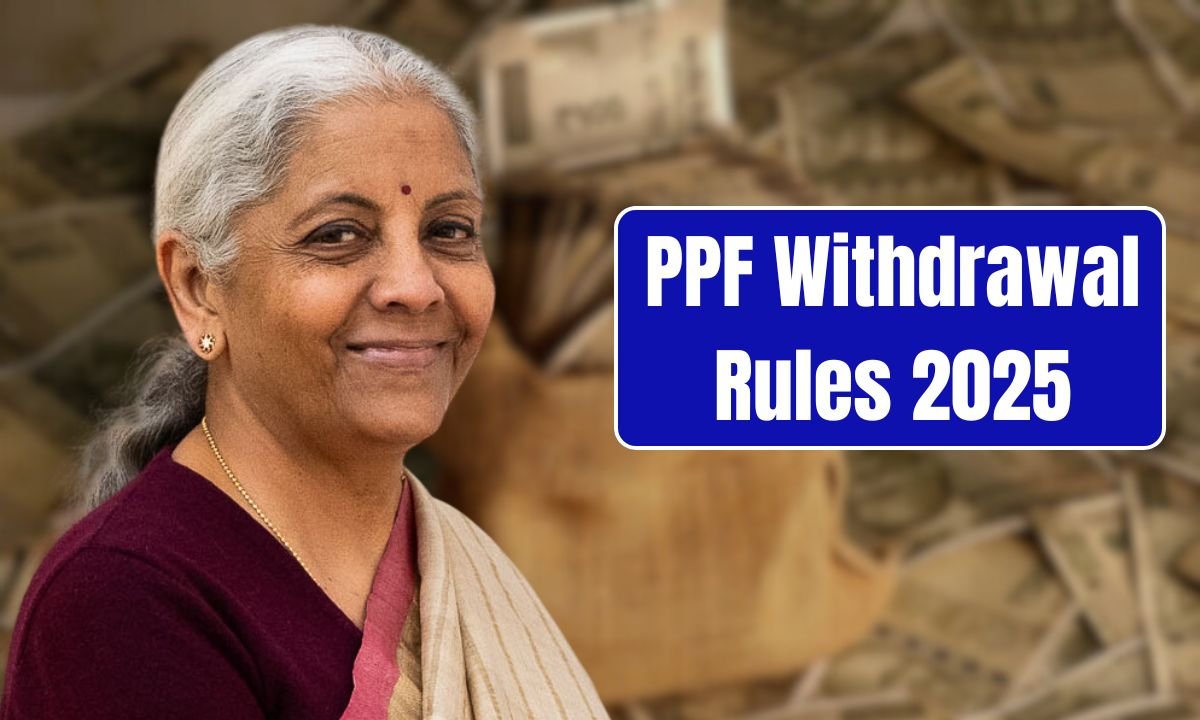The Public Provident Fund (PPF) provides you with riskfree and tax-efficient growth- provided, you know when and in what circumstances you can withdraw money. It is time to do a 2025-friendly, guilt-free road-map to withdrawals.
Full withdrawal at maturity (15 years)
After 15 years of your PPF, you will be able to withdraw the full amount (interest plus principal) tax free. You can alternatively decide to roll-over the account into 5-year increments, with or without adding new investments and keep it earning interest.
Partial withdrawal after 5 years
Starting with the 6 th financial year, one partial withdrawal is allowed throughout the financial year. The maximum you may get out is the more of the following: (a) the amount in the account at the end of the 4th year immediately prior to the year you pull money out, (b) the amount in the account at the end of the preceding year2.
Premature closure: allowed in limited cases
There are only three reasons that allow PPF to be closed before 5 years namely higher education, serious medical treatment or a shift in residency status. Once accepted, a 1 percent is deducted off the interest given to your account throughout the period hence reducing the return that you have gained3.
Extension options after maturity
Your PPF may be extended in 5-year block between year 15. Two options: a further contribution (it is permitted to deposit fresh amounts annually) or extension without contribution (the corpus will accumulate and gain income). Both alternatives maintain an interest tax-free and both options maintain the continuous compounding process- it depends on tax planning and requirements of liquidity.
Tax treatment of withdrawals
Maturity and partial withdrawal is tax-free in case of EEE status of PPF. Contributions are also eligible to receive deductions up to the maximum amount under Section 80C and hence PPF is a very good holding to a conservative portfolio.
How to withdraw in 2025
Use Form C or your post office or bank. Aadhaar-based eKYC is backed by many institutions through which the processing is paperless; once the verification is complete, fund is transferred to your linked savings bank account. Carry your passbook / details handy and make sure that your bank mandate is up to date to save time.
Also read: 8th Pay Commission: Salary Hike, Pension Boost and What’s Next for Govt Employees
